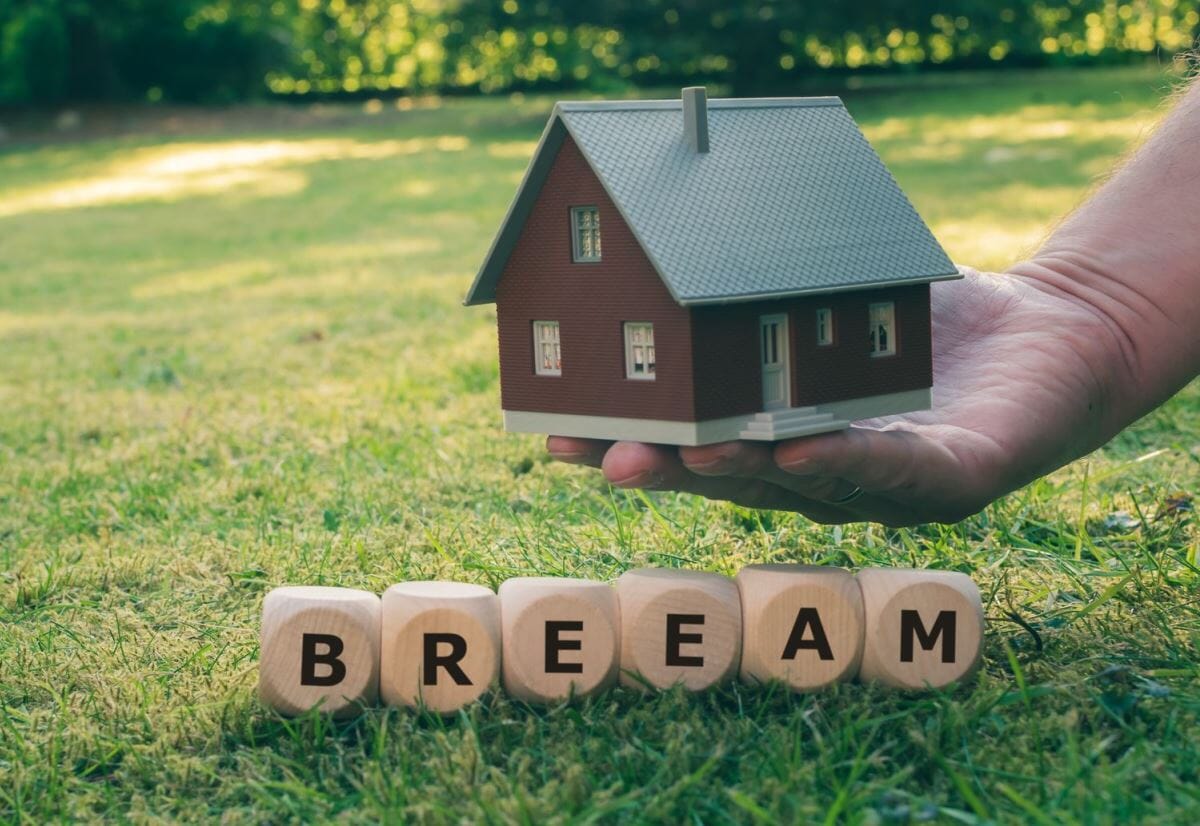A Guide to Obtaining BREEAM In-Use Accreditation
At Encon Associates, our highly qualified assessors and In-Use auditors can help you obtain BREEAM accreditation for your existing building.


I. Introduction
BREEAM In-Use is a standard certification scheme that applies to existing and operating non-domestic buildings. It also provides a credible means of measuring a building’s performance while identifying areas for improvement.
Although there are various environmental assessment tools, BREEAM In-Use offers significant advantages in the following areas.
- methodology and considers climate zones.
- The BREEAM In-Use assessment includes:
- The physical building and its services
- Building management practices
- Operational management practices. - The methodology applies to most building types and ages.
- The assessment collectively reviews various environmental categories.
- The process encourages yearly improvements.
- The assessment process can be accessed online.
What are the benefits of BREEAM In-Use accreditation?
Building owners and managers can use BREEAM certifications to encourage potential tenants to use the property while also decreasing their turnover rates. The green credentials can also enhance the property’s market value. In addition, the BREEAM standards provide incentives for builders to adopt risk-reducing measures in relation to floods and fires. Meanwhile, building occupants can enjoy being in a healthy and comfortable environment.
II. How is the BREEAM In-Use assessment conducted?
With BREEAM, the term Asset is used to describe the boundaries of the assessment and it can represent an entire building or a single floor. A BREEAM In-Use assessment is divided into three sections:
- Asset performance
- Asset management
- Building users and service management
What are the various environmental categories covered under a BREEAM In-Use assessment?
The scheme covers nine areas that can affect the sustainability and operational life of a building. The assessor will award points for each category based on the following criteria.
1. Energy
Can the property generate renewable electricity or does it use energy-efficient technologies?
2. Water
Does the building have an effective leak detection system? Does it use waterless urinals? Is water consumption monitored?
3. Materials
Is the building equipped with fire and intruder alarm systems and is there an effective emergency evacuation plan? Do managers consider the environmental impact when procuring materials?
4. Pollution
Assets are assessed for the robustness of management practices relating to managing drainage, light, emergency procedures and noise pollution. Assessors also determine whether there any plans to reduce the effects of flooding on the property and whether they have been implemented. The property should also avoid using technologies that emit nitrogen oxides.
5. Land Use and Ecology
Are there any green areas on-site? Is the property contributing to the ecology or does it help to enhance the biodiversity of the local environment?
6. Health and Wellbeing
Do the building occupants enjoy a comfortable temperature and healthy air quality? Are the lighting and acoustic levels comfortable enough?
Recorded data should be presented in relation to the satisfaction, productivity and skills of the people working in the building.
7. Waste
Is there adequate space for recycling activities? Can the building occupants’ awareness of proper waste disposal be improved? Is waste production monitored and segregation implemented?
8. Transport
Is the property near local amenities and are alternative modes of transport, such as cycling, promoted?
9. Management
Do the building managers provide information and training to occupants regarding environmentally friendly practices? Do they implement policies that enhance the sustainability of the property’s operation?
Points are also awarded for environmentally friendly policies, activities and technologies under the nine categories.
How to determine your BREEAM In-Use score
There are 40 assessment criteria and every time one of them is satisfied, you obtain a specific number of credits which are weighted and converted into a percentage. Your building can collect credits from the following five categories:
- Government assessment – 6 credits
- Social and economic wellbeing – 47 credits
- Resource and energy assessment – 31 credits
- Land use and ecology assessment – 18 credits
- Transport and movement assessment – 14 credits
III. How can you obtain BREEAM accreditation?
You will need to find and reach out to a licensed BREEAM assessor or In-Use auditor. The assessor will provide you with a possible score using the Pre-Assessment Estimator. Although this is not a certified rating, it will help you work on areas that require improvement.
The BREEAM In-Use auditor can also help you register your property for assessment and submit the evidence to BRE Global. This body will then examine the documents and, if satisfied, issue a certificate. The certificate is valid for only one year but it can be renewed.
IV. Consult a BREEAM Expert Today!
At Encon Associates, our reliable BREEAM accredited professionals and impartial BREEAM assessors will provide you with high-quality services at a competitive rate. We are dedicated to helping our customers overcome the challenges that often arise during the BREEAM In-Use assessment process. We also offer BREEAM AP courses and training if you are interested in becoming an assessor.
If you require the services of one of our BREEAM assessors or In-Use auditors, you can contact us by telephone or by completing one of our forms. We will be only too pleased to apply our specialist skills, knowledge and experience for the benefit of your building projects.